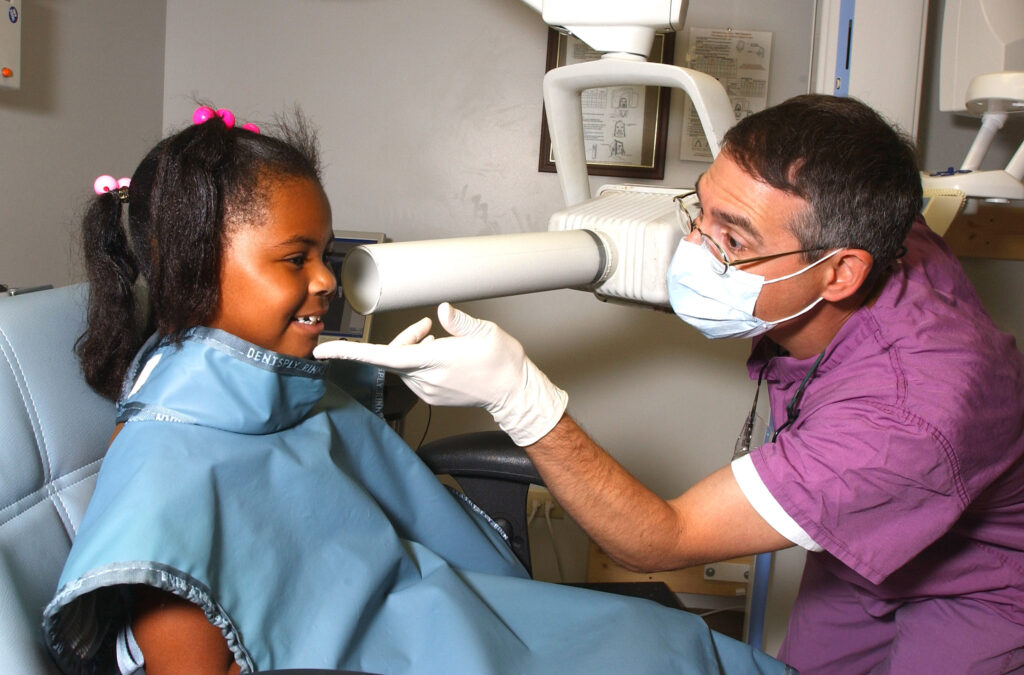Menu
Close

Dental imaging allows for the early identification of dental issues like cavities, infections, gum disease, or tooth alignment problems that may not be visible during a physical exam.